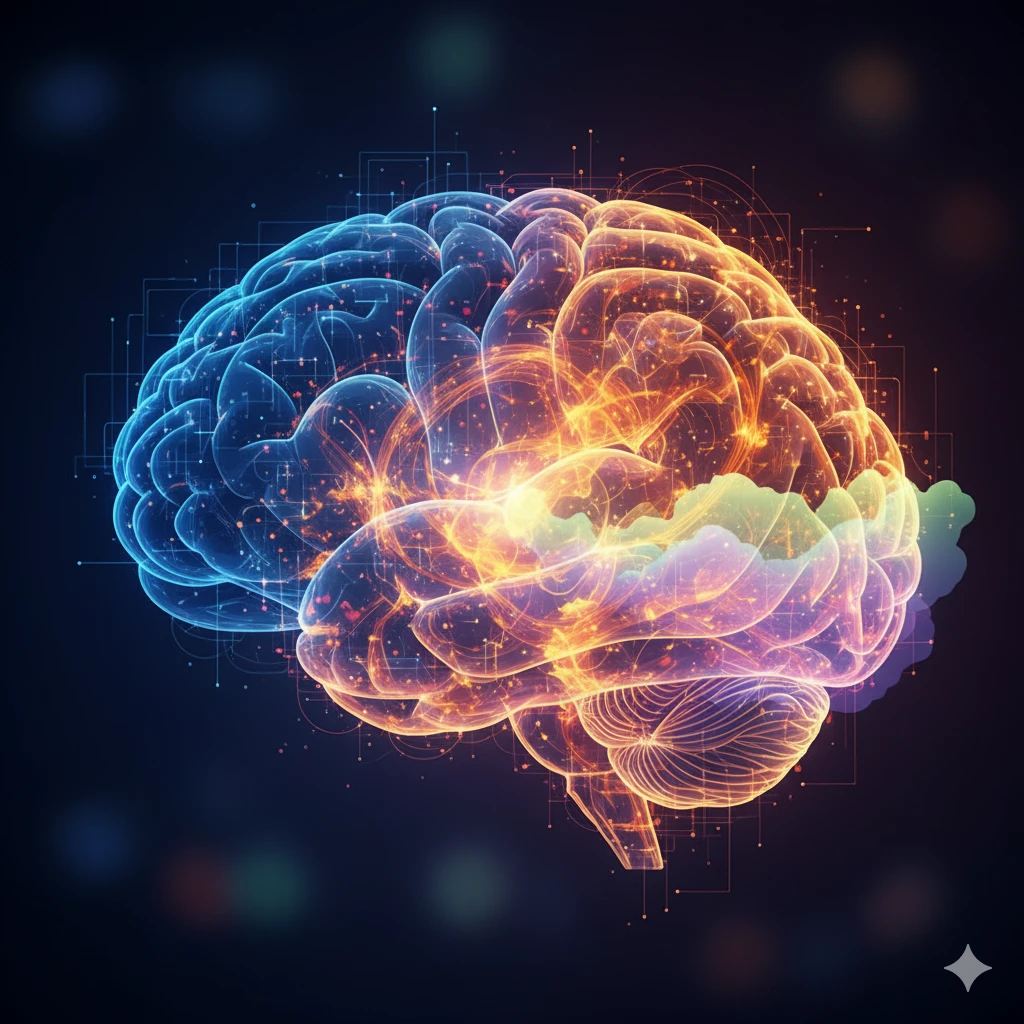As a parent of an autistic child, you become an expert in their unique world—their strengths, their challenges, and their way of seeing things. You learn to navigate their sensory needs and communication style. However, sometimes you may notice other challenges that don’t seem to fit neatly under the umbrella of autism alone. Perhaps your child struggles with intense hyperactivity, persistent worry, or overwhelming impulsivity.
You’re not imagining it. It is very common for children with Autism Spectrum Disorder (ASD) to also have other conditions, most notably Attention-Deficit/Hyperactivity Disorder (ADHD) and anxiety.
Understanding this overlap is the key to unlocking a more effective and supportive therapeutic approach. At Nirmal Hospital, we believe in treating the whole child, not just a single diagnosis. This article will explore the intricate relationship between autism, ADHD, and anxiety and explain why an integrated treatment plan is essential for your child’s well-being.
The Common Overlap: Why Do These Conditions Occur Together?
For years, it was believed that you couldn’t diagnose autism and ADHD in the same child. We now know that not only can they co-exist, but they frequently do. Similarly, anxiety is one of the most common co-occurring conditions in autistic individuals. But why?
The connection lies in shared neurobiology. Autism, ADHD, and anxiety all involve differences in brain development, executive functioning, and sensory processing.
- Autism and ADHD: Both conditions affect the brain’s executive functions. This can lead to challenges with regulating attention, controlling impulses, and organising tasks. For a child with both, it can be hard to tell where one condition ends and the other begins. The social difficulties of autism might be compounded by the impulsivity of ADHD, making peer interactions even more complex.
- Autism and Anxiety: Living in a world that isn’t always built for your neurotype can be inherently stressful. Sensory sensitivities, a core aspect of autism, can make everyday environments overwhelming, leading to anxiety and sometimes requiring a guide for managing autism meltdowns. Furthermore, the social challenges and difficulties in predicting others’ behaviour can create persistent worry and fear in social situations.
Trying to treat just one of these conditions without acknowledging the others is like trying to solve a puzzle with missing pieces. It’s ineffective and can lead to frustration for both you and your child.
The Dangers of a Misdiagnosis or a Singular Focus
When a child has multiple conditions, their symptoms can present in confusing ways. The hyperactivity of ADHD might be mistaken for sensory-seeking behaviour, which is why recognising the early signs of autism accurately is so critical. The social withdrawal common in anxiety could be attributed solely to the social challenges of ASD.
This is where a singular diagnostic focus can be problematic. A comprehensive autism diagnosis process is vital. If only the autism is treated, the underlying anxiety or ADHD will continue to cause significant challenges. For instance:
- A child may be in a therapy program to improve social skills, but their untreated ADHD prevents them from focusing long enough to learn.
- A child might be working on managing meltdowns, but their unaddressed anxiety is the primary trigger, making behavioural strategies less effective.
A child’s progress can stall without a comprehensive approach. This is why it’s crucial to seek a holistic autism diagnosis and treatment plan from a team experienced in identifying and managing complex, co-occurring conditions.
What Does an Integrated Treatment Plan Look Like?
An integrated treatment plan is a coordinated, multi-faceted approach that addresses all of a child’s needs simultaneously. It’s not about separate therapies for separate diagnoses; it’s about one cohesive strategy detailed in a comprehensive autism therapy guide.
At Nirmal Hospital, our approach to autism spectrum disorder rehabilitation is built on this principle. An effective plan includes:
- A Comprehensive Assessment: The first step is a thorough evaluation by a multidisciplinary team. This includes developmental pediatricians, psychologists, and therapists who can differentiate between symptoms to fully understand autism spectrum disorder signs and symptoms.
- Behavioural Therapy with a Dual Focus: Therapies like Applied Behaviour Analysis (ABA) can be adapted to address goals for both autism and ADHD. A session might focus on developing social communication skills while also incorporating strategies for improving focus and reducing impulsivity.
- Occupational Therapy for Sensory and Emotional Regulation: Occupational therapy is vital. It helps children manage the sensory sensitivities that are common to both autism and anxiety, reducing overwhelming feelings.
- A Holistic View of Health: A complete plan also considers other factors, looking at how aspects like diet and nutrition may impact autism symptoms and overall well-being.
- Parent Training and Support: You are the most important part of the team. An integrated plan involves equipping you with strategies to manage challenging behaviours at home and create structured, supportive routines.
Finding the Right Support for Your Child
Navigating a dual diagnosis can feel daunting, but it also opens the door to a more complete and effective path of support for your child. By understanding that the challenges are interconnected, we can create a plan that addresses the root causes, not just the surface-level behaviours. This leads to more meaningful progress and a better quality of life for your entire family.
If you suspect your child may be struggling with more than just autism, it’s essential to seek professionals who understand this complexity. A team that offers specialised therapy for autistic children with co-occurring conditions can provide the clarity and direction you need.
Learn more about our integrated approach to autism spectrum disorder rehabilitation at Nirmal Hospital. Our team is here to help you and your child navigate every step of this journey with expertise and compassion.









Leave a Reply